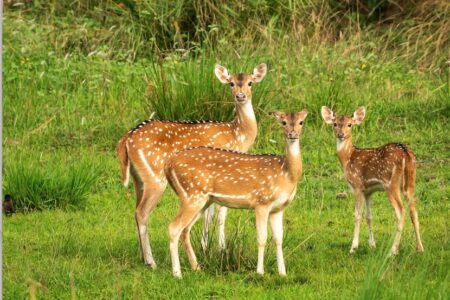
‘Deer for the Tiger’, Shyam Thapa’s PhD in Wageningen
Welcome to the renewed website of the Himalayan Tiger Foundation. The upcoming year signifies for us ‘full speed ahead’ once again,...

Food for tigers
W ith the growing number of tigers inhabiting Bardiya National Park (BNP) an increasingly relevant question is how much ‘food’...
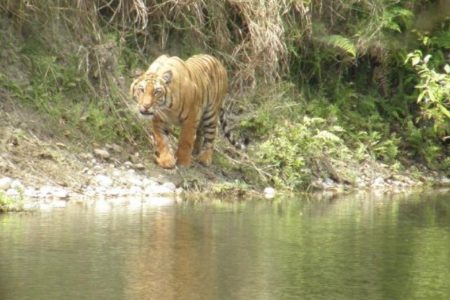
No water, no tiger.
The relationship between the tigers, the deer as most important prey animals, the grasslands and the groundwater table of Bardiya National...

In search of the Mountain Ghost
S now leopard (Panthere unica) is a close family member of tiger (Panthera tigris). Although HTF is mainly focussing on...
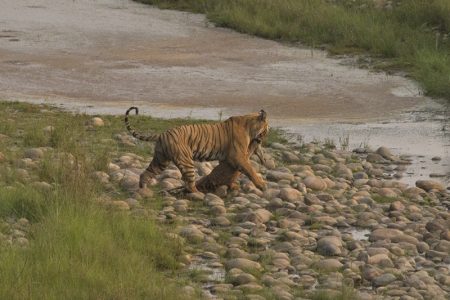
How sustainable is 2xT?
N epal is the first of all ‘tiger states’ that doubled its number of tigers. Not in 2022 but already...
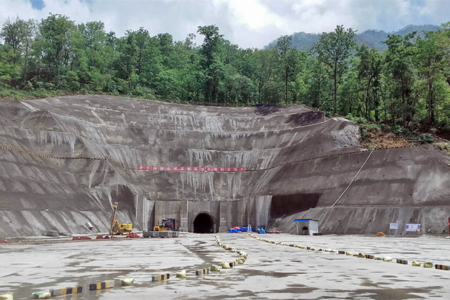
On the ecology of rivers: insects and plants
D ramatic interventions are taking place in the river system that provides Bardiya National Park with water. A new water...
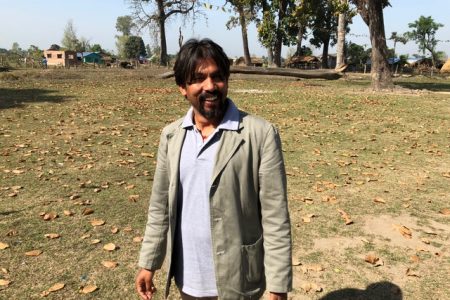
Better grass, more tigers?
Shyam Thapa is head of the National Trust for Wildlife Conservation in Bardiya but also PhD-student at Wageningen University under...
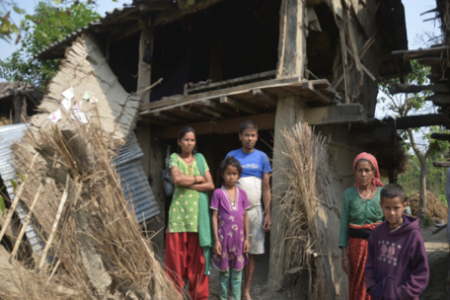
Human Wildlife Conflict in South Nepal
Wild elephants attacking people, damaging houses, eating crops. Tigers killing people, leopards preying on livestock. This is the almost daily...
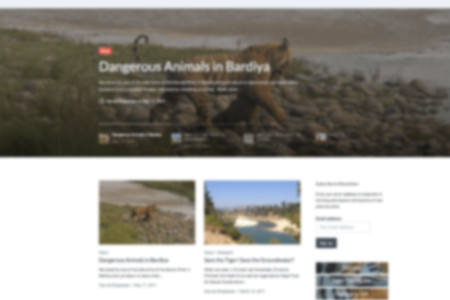
New website online
This newsletter presents an overview of the current state of the research projects initiated and financially supported by our foundation....

Dangerous Animals in Bardiya
We stood by one of the side arms of the Karnali River in Bardiya and just about to leave when...





